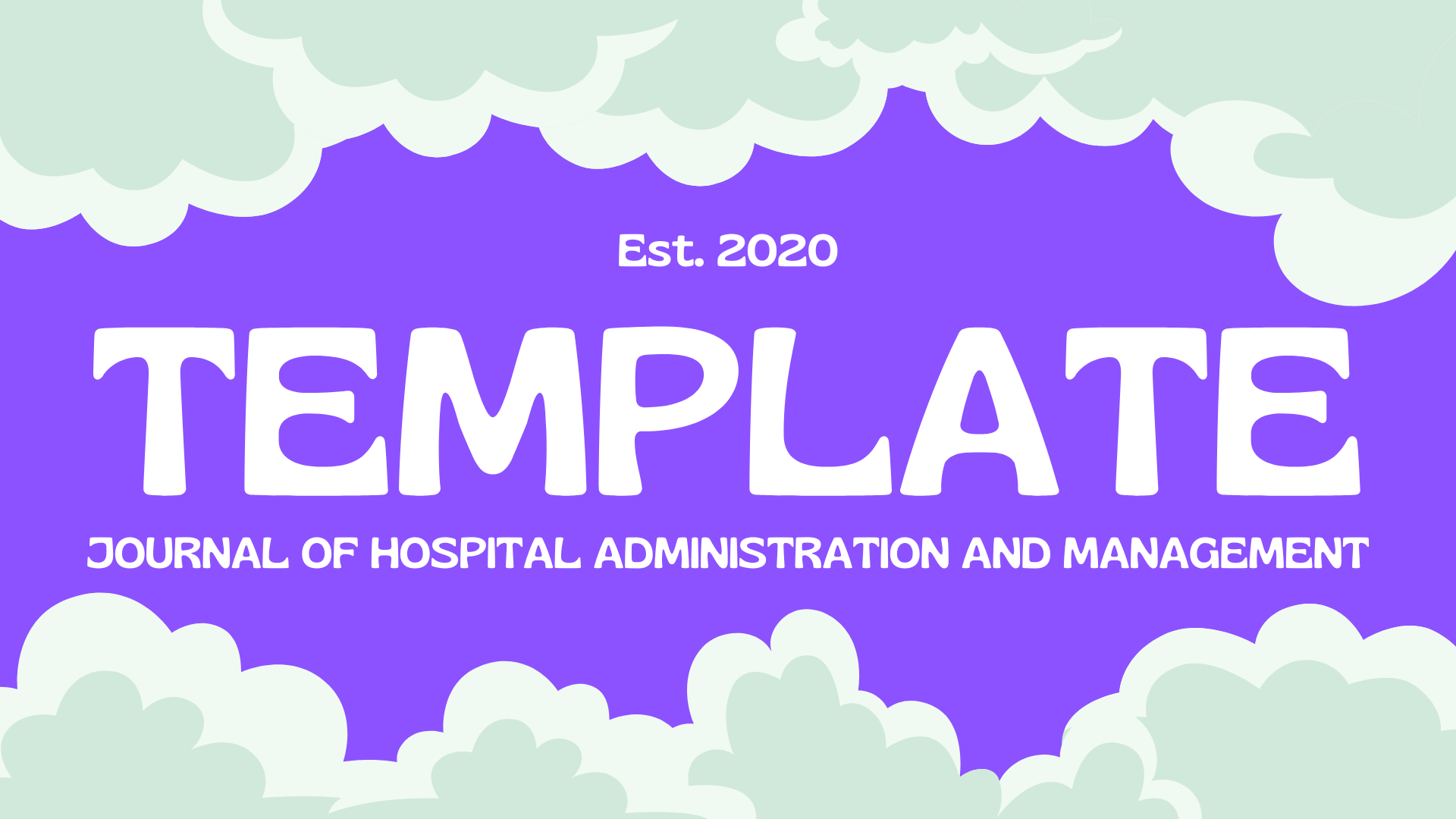THE RELATIONSHIP OF BLUETOOTH HEADSET USING HABITS WITH UNDERSTANDING OF RADIATION
DOI:
https://doi.org/10.54973/jham.v4i1.314Keywords:
Bluetooth headset, Radiation, HabitAbstract
A Bluetooth headset is a combined device of headphones and microphone that functions by connecting a Bluetooth device to a smartphone or other communication device. Bluetooth headsets contain a type of non-ionizing radiation that has the potential to cause health problems. However, it seems that many people and students still do not know about the effects of radiation exposure from Bluetooth devices and the use of headsets that can be harmful to health. The research method used is quantitative research with a survey approach and tested with the Spearman Rank test. This analysis was carried out with a population of students at SMAN 10 Pekanbaru and a sample of 45 people. The Spearman Rank test results obtained were a sig (2-tailed) value of 0.286 with a confidence interval of α 0.05 for the 2-tailed test. The conclusion is drawn that H0 is accepted and H1 is rejected. The correlation coefficient value is -0.162 indicating the level of strength of the relationship between variables, there is almost no correlation and the correlation coefficient is negative, which means that the relationship between the variables is not unidirectional. Based on the results obtained, it can be ascertained that there is no relationship between students' understanding of radiation and the use of Bluetooth headsets.
Downloads
References
Denata Rahmadani Lukitasari, (2021),”Bahaya Pemakaian Headset bagi Telinga dan Otak”; Surabaya (http://ners.unair.ac.id/site/index.php/news-fkp-unair/30-lihat/955-seberapa-bahayakah-penggunaan-headset )
Yasinta Rahmawati, Sheunna, (2021),“jangan keseringan pakai headset bluetooth”; Yogyakarta (https://www.suara.com/health/2021/12/18/190354/jangan-keseringan-pakai-headset-bluetooth-ini-lho-risiko-kesehatannya )
Krinsa octavianus dwiputra, (2020), ”Benarkah Bluetooth Headphone membahayakan kesehatan?: Jakarta (https://www.klikdokter.com/info-sehat/read/3625169/benarkah-bluetooth-headphone-membahayakan-kesehatan )
Adib auliawan herlambang, (2021),”Ngeri,sering pakai headset Bluetooth bisa sebabkan kanker hingga tumor otak “; Semarang selatan (https://www.ayosemarang.com/kesehatan/pr-772198919/ngeri-sering-pakai-headset-bluetooth-bisa-sebabkan-kanker-hingga-tumor-otak )
Asrid, (2017), ”Radiasi dan kesehatan “; Jakarta (https://kesmas.kemkes.go.id/konten/133/0/031717-radiasi-dan-kesehatan )
Sandi,(2009),”Bahaya radiasi dan cara proteksinya”;Badunggawa (https://ojs.unud.ac.id/index.php/medicina/article/view/9869/7399-bahaya-radiasi-dan-cara-proteksi )
Adhatrao,Kalpesh., Aditya Gaykar., Amiraj Dhawan., Rohit Jha ., & Vipul Honrao. (2013). Predicting Student’s Performance Using ID3 and C.45 Classification Algorithm’s. International Journal of Data Mining & Knowledge Management Process. (IJDKP), 3(5), 39-52. https://doi.org/10.5121/ijdkp.2013.3504
Aprilia, D., C Dennis. (2013). Belajar Data Mining Dengan RapidMiner. Jakarta, Indonesia.
Atmaja, Ketut Jaya., Ida Bagus Gede Anandita., Ni Kadek Ceryna Dewi (2017). Penerapan Data Mining Untuk Memprediksi Potensi Pendonor Darah Menjadi Pendonor Tetap Menggunakan Metode Decision Tree C.45. Jurnal Ilmu Komputer dan Sain. Terapan, 7(2), 101-108.https://doi.org/10.31598/sacies.v7i2.284
Badi’auzzaman, Iffah Syafiqah Meor., Moey Soo Foon,., Mohd. Zulfaezal Che Azemin., Mohd. Izzuddin., Mohd. Tamrin. (2019). The Use of Decision Tree in Breast Cancer-Related Research: a Scoping Analysis Based on Scopus- Indexed Articles. International Journal of Innovative Technology and Exploring Engineering (IJITEE), 8(9), 1344-1355. https://doi.org/10.35940/ijitee.I3290.0789S319.














